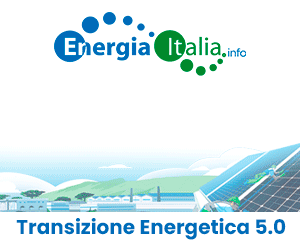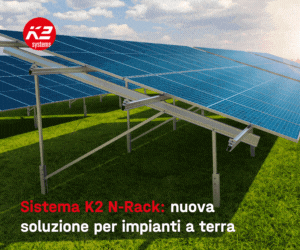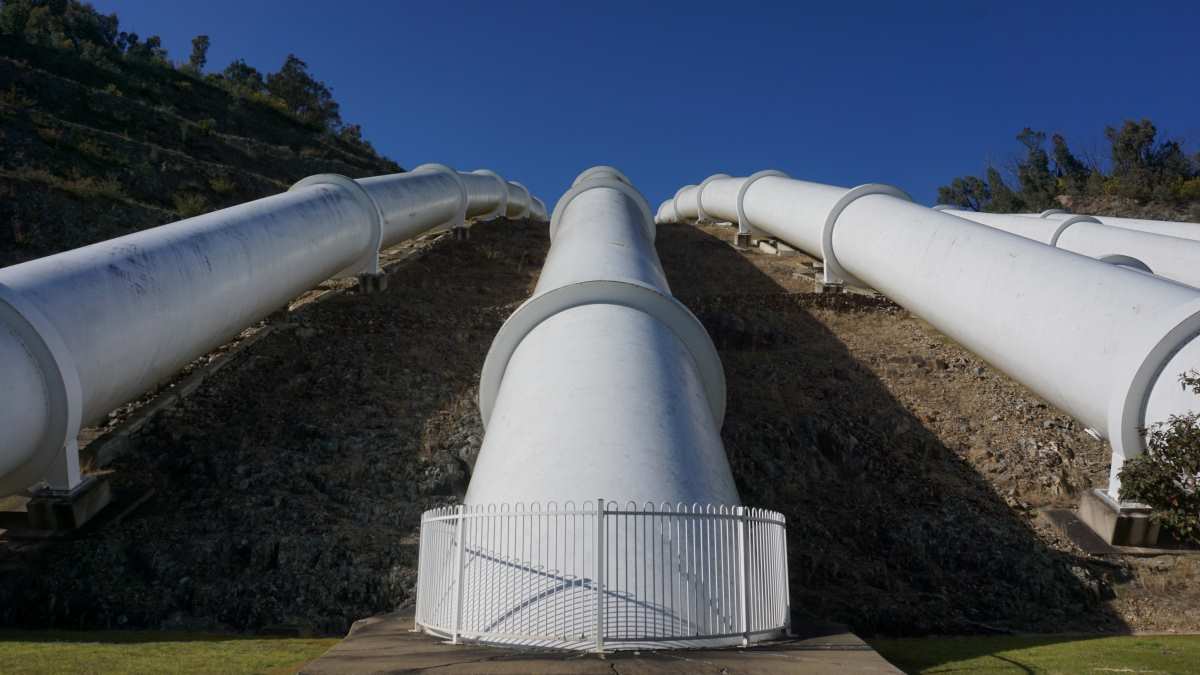The number of patents issued for renewable-energy technologies has risen sharply over the last decade, according to new research from MIT and the Santa Fe Institute (SFI). The study shows that investments in research and development, as well as in the growth of markets for these products, have helped to spur this dramatic growth in innovation.
“We were quite surprised,” says Jessika Trancik, an assistant professor of engineering systems at MIT and a co-author of the new report, published in the journal PLoS ONE. Trancik — working with Luís Bettencourt of SFI and graduate student Jasleen Kaur from Indiana University — created a database of energy-related patents issued in more than 100 countries between 1970 and 2009, using keyword searches of the patents themselves, rather than the classifications assigned by patent offices. In all, the team examined more than 73,000 patents issued for energy-related technologies.
This database “gives you a view into innovation activity — who’s doing it, and where,” Trancik says. Further statistical analysis, she says, showed a clear correlation between this rise in patents and prior investments in R&D, along with growth in the markets for such renewable technologies.
The increase was most dramatic in patents related to renewable energy, chiefly solar energy and wind. Patents in fossil-fuel technologies showed a more modest increase, while those in nuclear technology were flat.
For example, between 2004 and 2009, the number of patents issued annually for solar energy increased by 13 percent per year, while those for wind energy increased 19 percent per year, on average; these growth rates approach or exceed the rates for technologies such as semiconductors and digital communications. Overall, renewable-energy patents in the United States increased from fewer than 200 per year in the period from 1975 to 2000 to more than 1,000 annually by 2009. By comparison, there were about 300 fossil-fuel-related patents in 2009, up from about 100 a year in earlier decades. The fraction of all patents accounted for by energy is also increasing.
While there was a large increase in research funding in these fields following the oil shocks of the 1970s and 1980s, that was followed by a steep dropoff. But the effect of those investments is visible in the current patent boom, Trancik says. “Knowledge persists,” she says. “A lot of work was done in the ’70s and ’80s, a lot of effort was put in, and we’re still benefitting from that.”
Trancik says the team saw the cumulative effect of investment in research, by both governments and industry, and the effect of growth in the market for renewable-energy systems — which also benefitted from government subsidies, incentives and tax breaks.
The trends were similar in the United States and elsewhere, although there were regional differences, Trancik says. While China has sometimes been accused of taking advantage of technologies invented elsewhere, and innovating mainly in production processes, the new data paint a different picture: Patents filed in China for renewable-energy technology (which includes patents filed by foreign inventors or companies) have shown dramatic growth over the last few years. “China’s really taking off,” Trancik says, adding that “understanding the nature of the technological development represented requires a close look at patent content.”
The cumulative, long-term effect of research investment is another significant finding from this study, she says. Investments tend to come in cycles, she says, “so this persistence of knowledge is significant — and comforting, in a way.”
Both investment in basic research and investment in implementation of technologies play an important role, Trancik says. “The data really show the importance of this, of the two forms of investment working together,” she says.
For example, in the case of well-established consumer technologies, such as computers, the transition to implementation by industry can be swift. But for other less-established or less-visible technologies, this process can take longer.
“Improving something that’s not valued in the market … requires more investment,” Trancik says. A lighter laptop, or one with a longer battery life, provides an obvious benefit to the consumer, “whereas a consumer wouldn’t notice when turning on the lights whether there’s more or less carbon emissions.” That’s where government regulations and investments can help jump-start new technology, she says.
Bettencourt adds that new technologies often require a long time to develop, and public investment is crucial at that early stage, allowing the technology to take off as markets kick in. “This has happened with many familiar technologies, such as cell phones, so we wanted to better understand if it may be about to happen to new energy technologies,” he says.
Gregory F. Nemet, an associate professor of public affairs and environmental studies at the University of Wisconsin who was not involved in this research, says, “Understanding the determinants of innovation in energy technologies is an issue of great importance. … The approach here is novel in that the authors go beyond the technology case-study approach, which characterizes the overwhelming majority of work in this area. The data they use and the analysis they conduct allow the authors to overcome the idiosyncrasies of individual technologies, and arrive at general findings about the driving forces of innovation in energy.”
The research was supported by the Army Research Office, the Los Alamos National Laboratory, the National Science Foundation and the Solomon Buchsbaum Research Fund.
Reprinted from materials provided by MIT. Article by David L. Chandler, MIT News Office



































